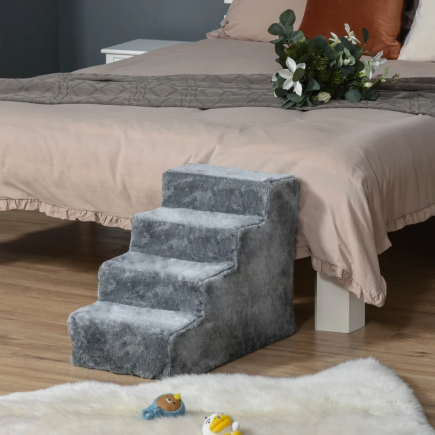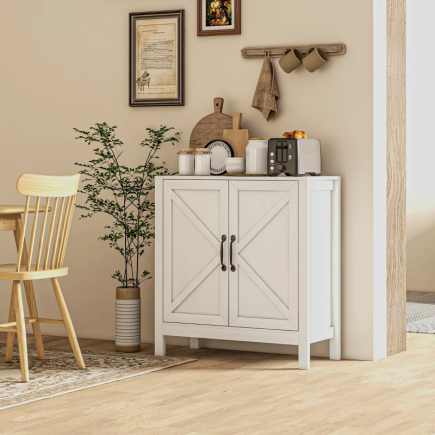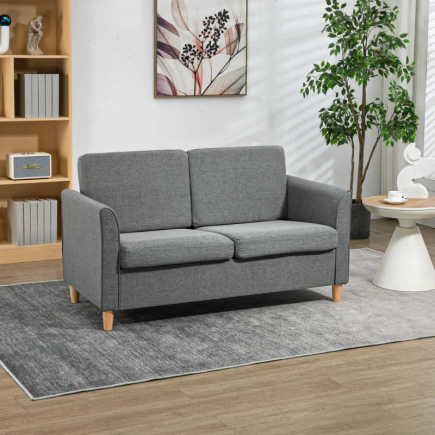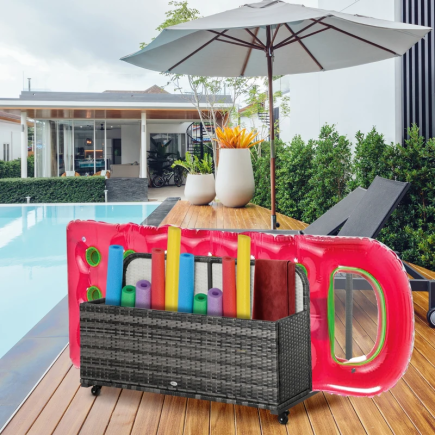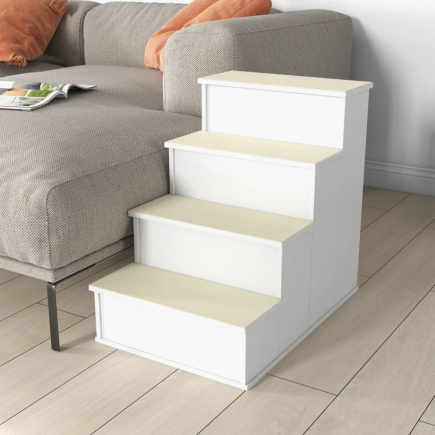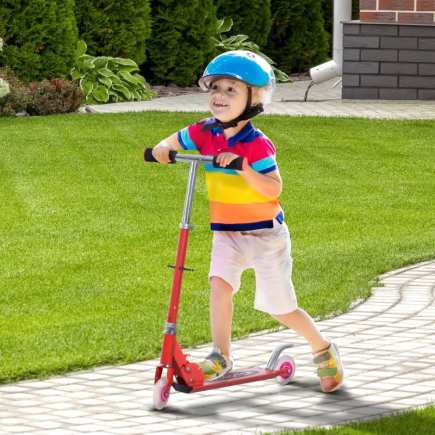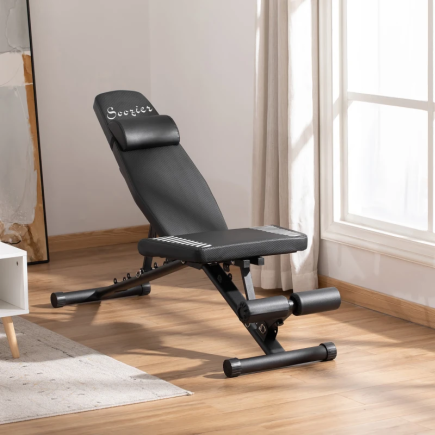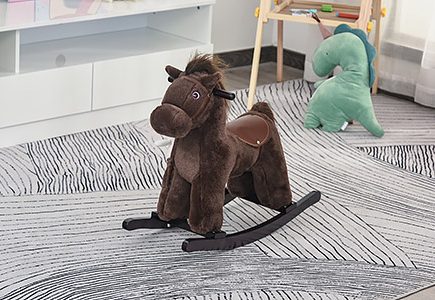
Floating water mats provide endless fun during the summer, offering the perfect platform for lounging, playing, and relaxing on the water. However, they’re not invincible, and over time, they can get punctured or torn. If you notice damage to your water mat, you don’t have to rush out and buy a new one. With the right approach and materials, you can easily repair your mat and extend its life. In this guide, we’ll walk you through a practical and effective way to fix your floating water mat.
Step-by-Step Guide to Repairing Your Floating Water Mat
1. Assess the Damage
The first thing you need to do before jumping into the repair process is to evaluate the extent of the damage. Minor holes or small tears can typically be fixed with a patch or adhesive. However, larger, extensive damage like multiple large tears or structural issues—may require more time and effort to fix. If the damage is severe, it might be best to replace the mat.
Key Tips:
- If the tear is less than 6 inches in length, it’s repairable.
- Multiple small punctures can often be patched individually.
- If the mat is deflating despite repairs, check for smaller, less visible tears.
2. Gather the Necessary Materials

Before you start, ensure you have all the necessary tools. Here’s a list of what you’ll need:
- Repair Patch Kit: Includes adhesive and rubber or vinyl patches.
- Sewing Kit: Strong needle and durable thread (fishing line or spider web thread works best).
- Clean Cloth or Towel: For cleaning the damaged area.
- Scissors or Utility Knife: For cutting patches or trimming excess material.
- Adhesive (if no kit): Waterproof, industrial-grade adhesive or contact cement.
- Primer: Optional, helps improve the adhesion of the adhesive.
- Heat Gun: For vinyl mats or stubborn areas.
- Alcohol Wipes: To clean the surface before applying adhesives.
3. Clean the Surface
A clean surface is key to a successful repair. Dirt, debris, or salt can interfere with adhesive bonding. Cleaning the mat before proceeding ensures a stronger and longer-lasting repair.
Steps for Cleaning
- Remove any debris: Gently wipe the damaged area using a clean cloth or towel.
- Wash if Necessary: If the mat has been in saltwater or has algae buildup, use mild soap and warm water. This will help prevent bacteria and ensure a clean repair.
- Dry Completely: Allow the mat to dry fully. Any moisture can affect the adhesive’s bond.
4. Patch Small Tears or Holes

For small punctures or tears, a patch kit is usually your best option. These kits come with vinyl or rubber patches and adhesive, making them easy to use.
How to Patch a Small Tear or Hole
- Prepare the Patch: Cut the patch slightly larger than the tear, allowing at least an inch of overlap on each side.
- Apply Adhesive: Spread a thin, even layer of adhesive on both the patch and the damaged area.
- Position the Patch: Place the patch over the tear, pressing it down firmly to ensure a good bond.
- Hold in Place: For about 2-3 minutes, press the patch into place. This ensures proper adhesion.
- Let it Cure: Allow the adhesive to cure for the recommended time (typically 2-4 hours) before use.
Tip: For best results, use a waterproof adhesive that is designed specifically for floating mats or inflatable products. This will ensure durability when exposed to water.
5. Repair Larger Tears (or Multiple Holes)

For larger tears, multiple patches might be necessary. In some cases, you may also need to sew the mat for a stronger, more lasting repair.
Sewing Larger Tears
- Prepare the Needle and Thread: Use a strong, durable thread like a fishing line. This material is resistant to wear and can hold up under tension and water exposure.
- Align the Edges: Line up the edges of the tear, ensuring they are as close together as possible.
- Stitch the Mat: Use a straight or zigzag stitch across the tear. The more stitches you make, the stronger the repair will be.
- Secure the Thread: Tie off the thread at both ends to prevent it from unraveling.
6. Advanced Heat Method for Vinyl Mats

Vinyl floating water mats require a special technique to prevent the tear from spreading. Using a heat gun can help terminate the tear and stop it from expanding.
How to Use a Heat Gun for Vinyl Mats
- Heat the Edges: Set your heat gun to a low setting and carefully heat the edges of the tear. The heat will soften the vinyl and seal the material, preventing further damage.
- Press the Edges Together: Use a flat object (like a flat screwdriver) to press the edges of the tear together while heating.
- Apply Repair Tape or Patch: After sealing the edges, apply a vinyl patch or waterproof tape to the damaged area. Ensure it is pressed firmly into place.
Warning: When using a heat gun, wear protective gloves and ensure you are in a well-ventilated area, as the heat can release fumes from the vinyl material.
7. Reinforce the Repair (Optional)

If you want to ensure your repair lasts as long as possible, reinforce the patched area. Here’s how:
- Apply a Layer of Adhesive Around the Patch: Once the patch is set, add an extra layer of adhesive around the edges of the patch for added security.
- Cover with Another Patch: For maximum reinforcement, place a second layer of patch material over the first, ensuring the seams overlap by at least 1 inch.
- Smooth Down the Patch: Use a flat tool to press down the patch, ensuring no air bubbles remain.
8. Dry and Cure the Mat
After completing the repairs, allow the mat to cure properly before using it again. Curing time can vary depending on the type of adhesive used, but generally, it’s recommended to wait 2-4 hours.
Important Notes
- If you’ve used a heat method, ensure the mat has cooled down before use.
- Avoid using the mat in the water until the adhesive has fully cured.
9. Test the Mat

Once you’ve completed your repairs, it’s time to test the mat. To do this:
- Inflate the Mat: If it’s inflatable, gently inflate it to check if it holds air.
- Check for Leaks: If you notice any hissing or air escaping, reapply adhesive or the patch to seal the gap properly.
- Place in Water: Test the mat on the water for stability. Ensure there are no more issues before allowing people or pets to use it.
10. Prevent Future Damage
While repairing your mat is straightforward, prevention is always the best approach. Here are some tips to extend the life of your floating water mat:
- Avoid Sharp Objects: Keep jewelry, keys, and sharp items away from the mat.
- Inspect the Mat Regularly: Before and after each use, inspect the mat for any signs of damage.
- Store Properly: After use, roll the mat tightly and store it in a cool, dry place to avoid sun damage and wear.
Floating Without Worries!
Now that you know how to repair your floating water mat, you’re all set for another summer of fun! Whether you’re patching up a small hole or fixing a larger tear, these tips and techniques will keep your floating water mat in great shape.
Check out Floating Water Mats for the perfect mat to enhance your summer fun. Whether you’re looking for durability, comfort, or extra space, these mats offer everything you need for endless relaxation on the water. Don’t miss out, grab yours today!
FAQs
1. How long will the repair last?
With proper repair techniques and quality materials, a well-repaired floating water mat can last for many seasons. However, repairs should be monitored and rechecked regularly.
2. Can I use regular household glue to repair my mat?
It’s not recommended. Regular glue may not be waterproof or strong enough for the demands of a floating water mat. Always use adhesives designed for vinyl or inflatable products.
3. Can I repair my mat without a patch kit?
Yes, you can use waterproof repair tape, adhesive, or sewing methods, though a patch kit designed for inflatable products will offer the best results.
4. Should I repair my mat myself or hire a professional?
DIY repairs are typically sufficient for most users. However, if the damage is extensive or you’re not comfortable with the process, it’s always best to seek professional help.
5. How can I prevent my mat from getting punctured in the future?
Use your mat on smooth surfaces, keep it away from sharp objects, and inspect it regularly to catch small tears before they become larger problems.

